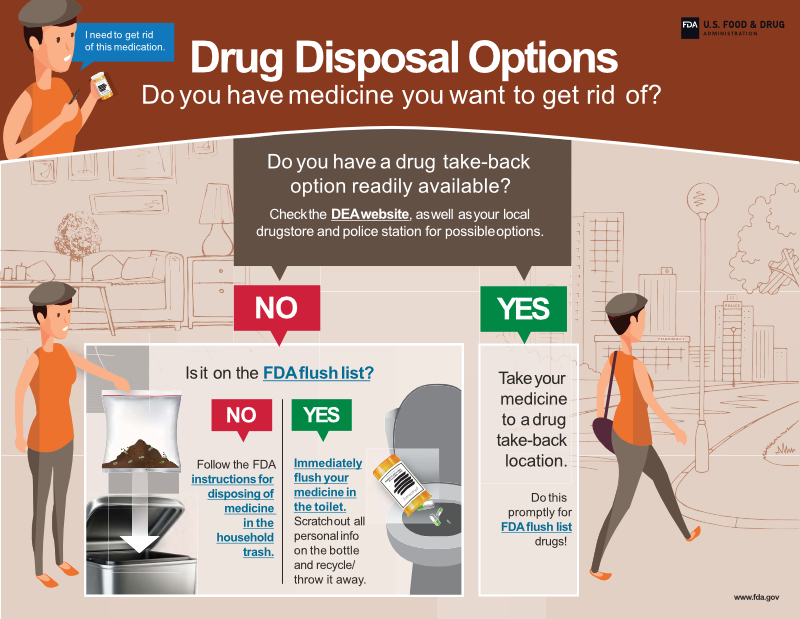Disposal Of Oral Chemotherapy Drugs At Home

The convenience of oral chemotherapy drugs has revolutionized cancer treatment, allowing patients to manage their illness from the comfort of their homes. However, this shift has introduced a silent, growing concern: the improper disposal of these potent medications, posing risks to individuals, communities, and the environment.
While offering increased flexibility and autonomy to patients, oral chemotherapy introduces a complex challenge in responsible disposal. Improperly discarded medications contaminate water sources, expose sanitation workers to hazardous substances, and can be inadvertently ingested by children or pets, causing severe health consequences. This article explores the current landscape of oral chemotherapy disposal practices, outlines potential dangers, and examines existing and proposed solutions to mitigate these risks, fostering a safer and more sustainable approach to cancer care.
The Rise of Oral Chemotherapy and the Disposal Dilemma
Oral chemotherapy has transformed cancer care, providing an alternative to traditional intravenous infusions. National Cancer Institute data reveals a steady increase in the use of these medications, driven by their convenience and efficacy in treating various cancers.
The accessibility of oral chemotherapy presents a significant challenge. Unlike infused chemotherapy, which is administered and managed in a controlled clinical setting, oral medications are typically dispensed for home use, making disposal the patient's responsibility.
This shift in responsibility has created a gap in knowledge and awareness. Many patients are unaware of the specific risks associated with these drugs and lack clear guidance on how to properly dispose of them.
Risks of Improper Disposal
Improper disposal of oral chemotherapy drugs poses a variety of threats. These range from environmental contamination to direct harm to individuals and communities.
Environmental Contamination
One of the most significant concerns is the contamination of water sources. Studies by the U.S. Environmental Protection Agency (EPA) have detected trace amounts of chemotherapy drugs in wastewater treatment plants and surface waters.
These drugs are designed to kill rapidly dividing cells, a characteristic shared by many aquatic organisms. This means even low concentrations of these drugs can disrupt aquatic ecosystems and potentially contaminate drinking water supplies.
Conventional wastewater treatment methods are often insufficient to remove these persistent compounds. The long-term effects of this environmental contamination are still being studied, but the potential for harm is undeniable.
Risks to Human Health
Accidental exposure to chemotherapy drugs can have serious health consequences. Children and pets are particularly vulnerable to accidental ingestion, which can lead to severe illness and even death.
Sanitation workers are also at risk. These individuals may be exposed to discarded drugs through handling trash or wastewater, leading to potential health problems such as skin irritation, respiratory issues, and long-term carcinogenic effects.
Furthermore, unused or expired medications left in homes can be misused or diverted. This risk is a particular concern with opioid-based pain medications that are often prescribed alongside chemotherapy drugs, contributing to the ongoing opioid crisis.
Current Disposal Practices and Challenges
Current guidelines for medication disposal vary widely. Many patients are simply told to flush unused medication down the toilet or throw it in the trash.
These methods are now recognized as environmentally unsound. Flushing introduces drugs directly into the water system, while throwing them in the trash can lead to soil contamination and potential exposure to sanitation workers.
Some hospitals and pharmacies offer take-back programs for unused medications. However, these programs are not universally available and may not be easily accessible to all patients, particularly those in rural areas or with limited mobility.
Furthermore, a lack of standardized guidelines and public awareness campaigns hinders effective disposal. Many patients are simply unaware of the risks and the proper methods for disposing of their medications.
Potential Solutions and Future Directions
Addressing the challenge of oral chemotherapy disposal requires a multi-faceted approach. This includes improved patient education, enhanced take-back programs, and the development of more environmentally friendly disposal methods.
Enhanced Education and Awareness
Clear and concise educational materials are crucial. These materials should explain the risks of improper disposal and provide step-by-step instructions on how to safely dispose of unused medications.
Healthcare providers, including doctors, nurses, and pharmacists, should play a key role in educating patients. They can provide information about local take-back programs and other safe disposal options.
Public awareness campaigns can also help to raise awareness of the issue. These campaigns can use various media channels to reach a wide audience and promote responsible medication disposal practices.
Expanded Take-Back Programs
Expanding the availability and accessibility of take-back programs is essential. This includes increasing the number of collection sites, extending operating hours, and offering mail-back options for patients who cannot easily travel to a collection site.
Pharmacies can play a critical role in providing take-back services. Many pharmacies already dispense medications; they are well-positioned to collect unused drugs as well.
Government agencies can also support the development and implementation of take-back programs. This includes providing funding, establishing regulatory frameworks, and coordinating efforts across different sectors.
Development of Environmentally Friendly Disposal Methods
Researchers are exploring new and innovative disposal technologies. These include methods such as incineration, chemical degradation, and adsorption to remove or neutralize chemotherapy drugs from wastewater.
The development of biodegradable or less toxic chemotherapy drugs is another promising avenue. These drugs would pose a lower risk to the environment and human health if improperly disposed of.
Investing in research and development is crucial for finding sustainable solutions. This includes supporting pilot projects, conducting rigorous testing, and scaling up successful technologies.
Conclusion
The safe and responsible disposal of oral chemotherapy drugs is a growing concern that demands immediate attention. Addressing this challenge requires a collaborative effort from healthcare providers, patients, policymakers, and researchers.
By raising awareness, expanding access to take-back programs, and developing innovative disposal technologies, we can mitigate the risks associated with these powerful medications. This will protect our environment, safeguard public health, and ensure that the benefits of oral chemotherapy do not come at the expense of our planet.
Ultimately, a proactive and comprehensive approach to medication disposal is essential for promoting a sustainable and healthy future for all.



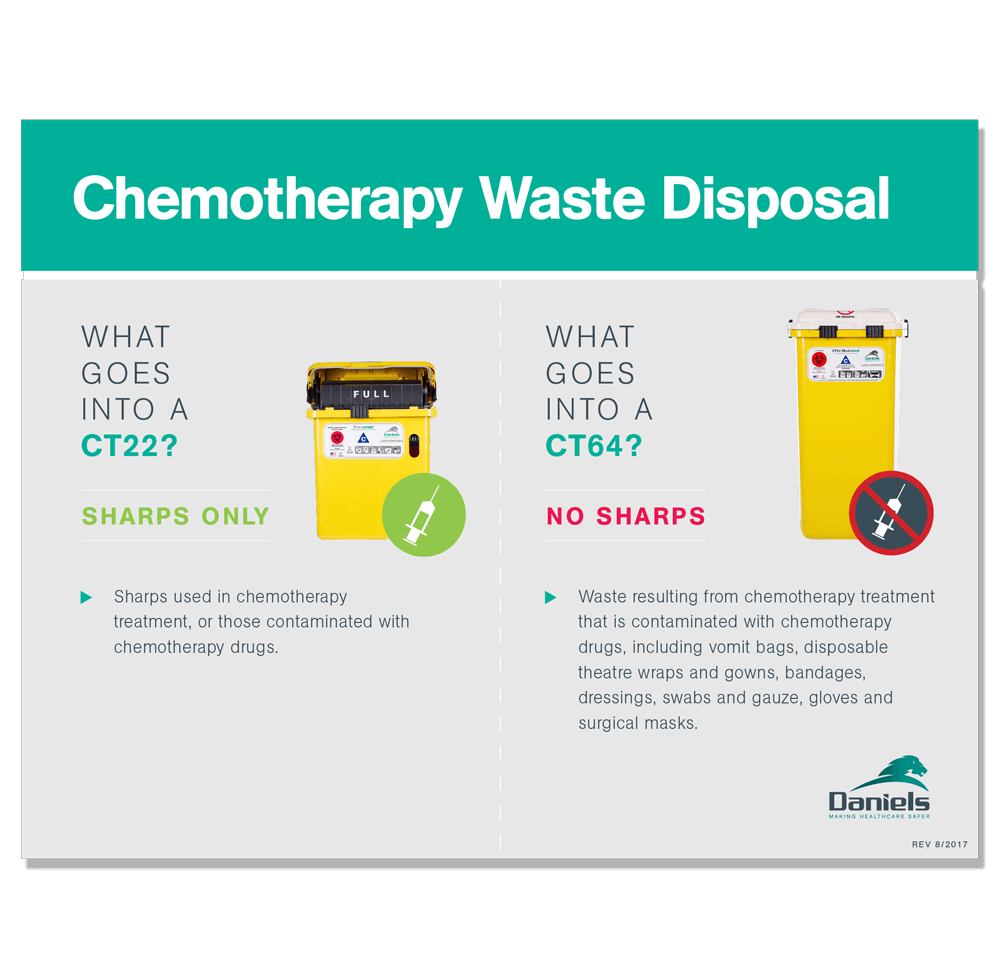
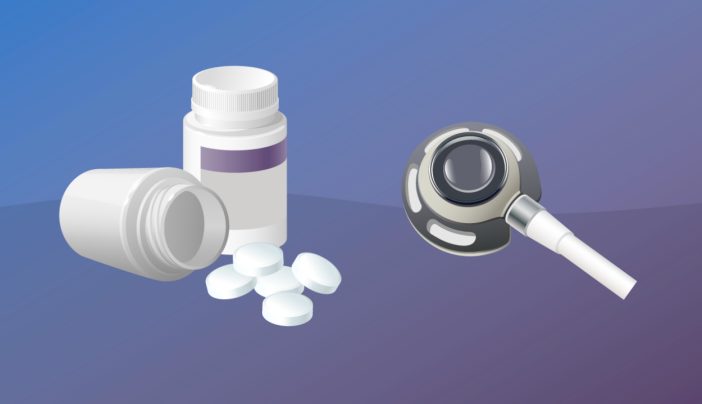
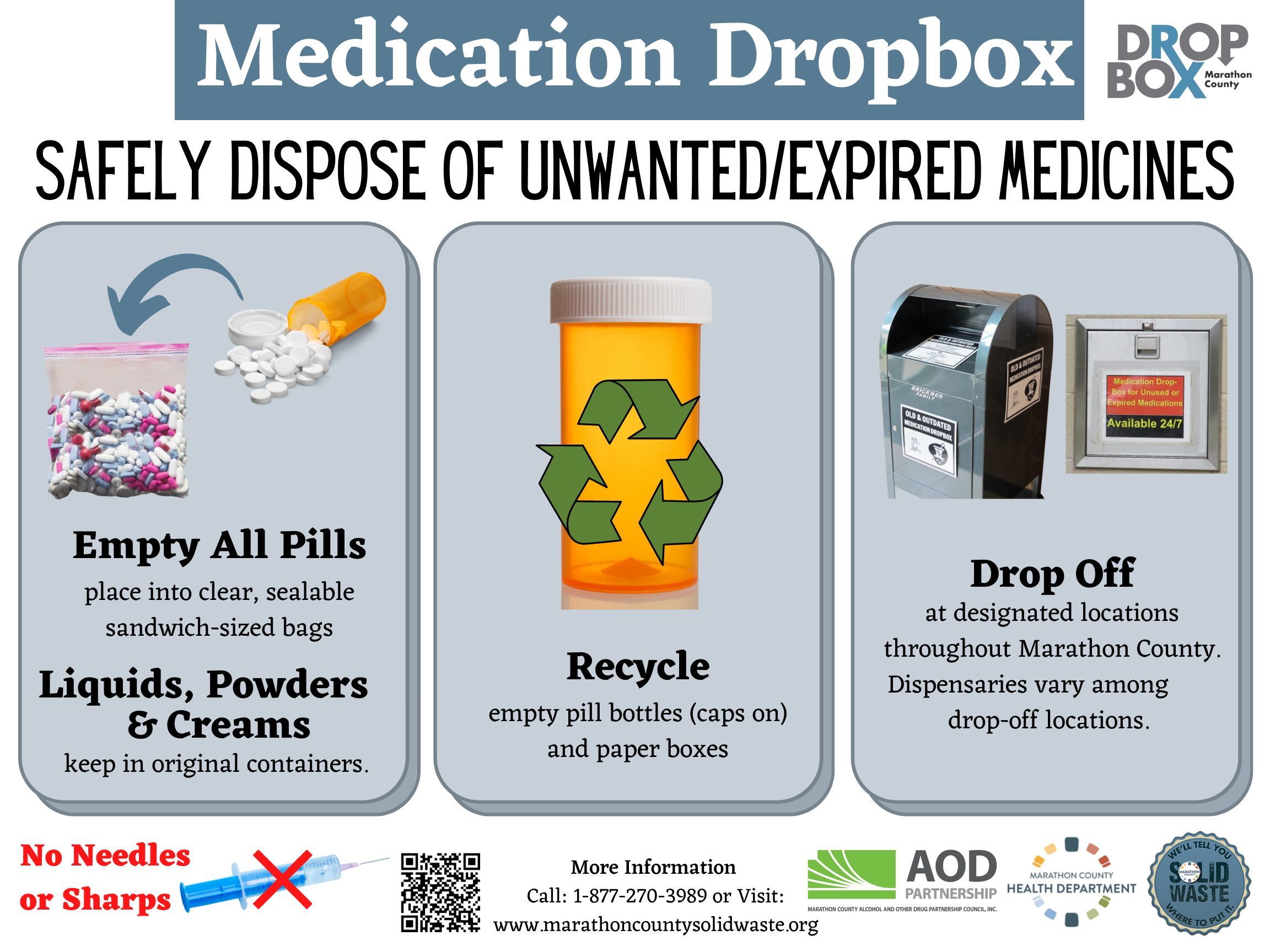


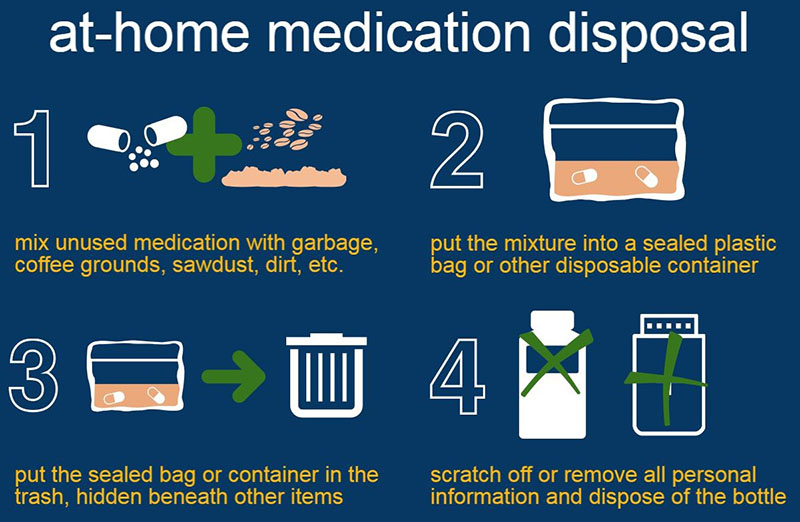




![Disposal Of Oral Chemotherapy Drugs At Home How to safely dispose of your medications [infographic] - HILPharma](http://hilpharma.com/wp-content/uploads/2020/06/Drug-disposal-inforgraphic.jpg)


